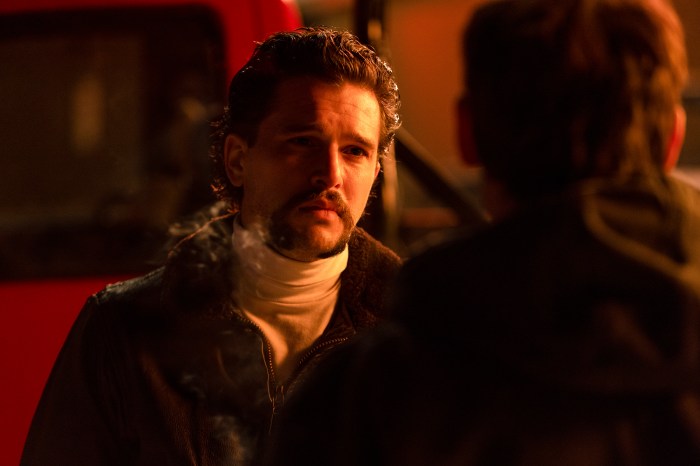If you mention the words “Panique au village” in Brussels, chances are you’ll be accosted with a bout of frenzied yelping and hoarse commands.
The television series title — A Town Called Panic, in English — has become synonymous with the exploits of Horse and his frantic flatmates Cowboy and Indian, the widely mimicked toy figurine protagonists that define the stop-motion animation shorts.
After breaking out of Belgium and into the hands of international distributors, the small town comedy is going big screen with a feature-length film directed by the show’s creators, Stéphane Aubier and Vincent Patar.
Feeling restricted by the five-minute mould the animation duo brought to television, Aubier and Patar used A Town Called Panic, the film, to develop a richer narrative.
“The first episodes were more like small sketches that were self-contained,” said Aubier over the phone with Patar in Belgium, aided in translation by associate producer Adriana Piasek-Wanski, “As the work on the TV series moved forward, we started to work more on the narration and stories we were developing for each episode.”
The storyline for the film draws on past TV episodes and follows Cowboy and Indian’s attempt to build a brick barbeque as a birthday gift for Horse. But havoc comes to town when they order 50 million bricks instead of 50, launching the trio on a warp-speed journey to an underwater universe.
Speed is one of the hallmarks of A Town Called Panic, which uses jerky animation, rapid movement of figures (all 1,500 of them) and quick dialogue to propel its plot.
“We tried to slow the animation down to make it more fluid, but it just didn’t seem to suit the style,” said Patar, “It was too slow, soft, not dynamic enough and not energetic enough.” Adds Aubier, “We always fear boring the spectator. It’s important to keep the action going.”
Aubier doesn’t consider jarring motion to be an erroneous form of animation. On the contrary, he thinks it’s elegant at times, suiting the characters and the film’s comic nature.
And it’s a form of comedy that seems to transcend a target audience. Using simple dialogue and exaggeration in tandem with wit adults can appreciate, Aubier and Patar said they made the film for as broad an audience as possible.
“For us, the main thing was that we were having fun and found the story funny,” said Aubier, “If we were amused, chances are other people would be too.”

















